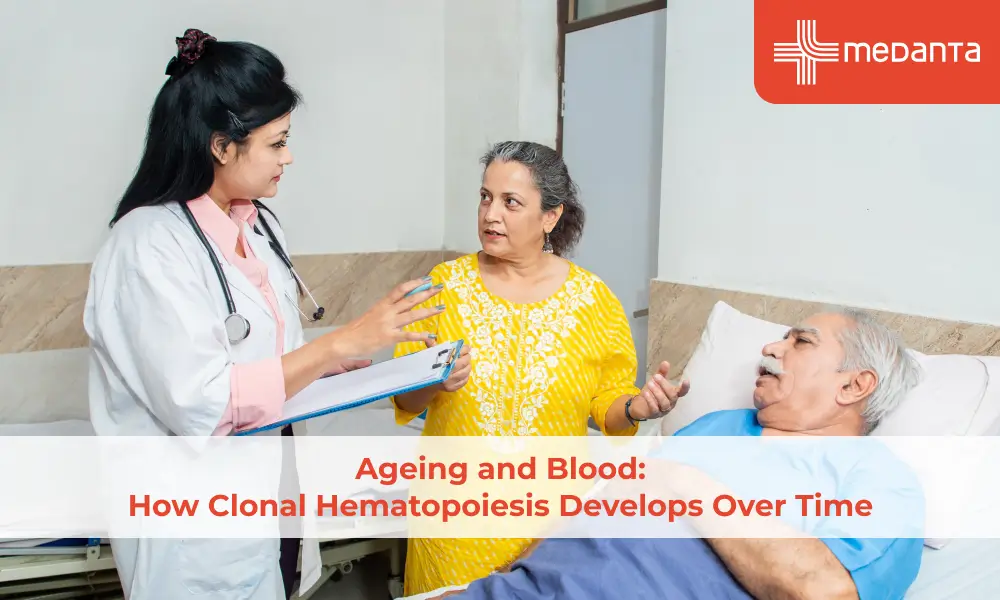Unlocking the Mystery of Congenital Myasthenia
A category of diseases known as congenital myasthenic syndromes is characterized by muscle weakness (myasthenia) that gets worse with physical activity. Although it can also happen in adolescence or maturity, muscle weakness often starts in early childhood. The most frequently damaged muscles are those of the face, particularly those involved in eating and swallowing as well as eyelid and eye movement control.
However, this illness can affect any skeletal muscles that are required for movement. Infants that are impacted may have feeding issues because of their muscle weakness. There may be a delay in the development of motor abilities like crawling or walking. Myasthenia affects people differently, with some experiencing only mild weakness and others experiencing myasthenia so severe that they are unable to walk.
Some people experience breathing episodes that might be brought on by infections or fevers. Severely affected people may also experience brief breathing pauses (apnea), which can cause their skin or lips to appear bluish (cyanosis).
Symptoms
Muscle weakness brought on by or made worse by effort is the defining sign of all myasthenic diseases. It's known as a fixable weakness. Physical activity reduces the amount of ACh quanta produced from the nerve terminal slightly in healthy individuals, but this modest reduction has a marked effect on the safety margin of neuromuscular transmission in myasthenic patients, whose safety margin is already compromised.
Some CMS patients only have weakened cranial nerve-supplied (innervated) muscles, which can result in double vision, eyelid ptosis, facial weakness, hypernasal or slurred speech, and difficulty swallowing. Other people experience the aforementioned symptoms in addition to limb and torso muscle weakness, which results in generalized myasthenia. Others only have weakening in their limb and torso muscles, a condition known as "limb-girdle myasthenia."
Developmental delay, seizures, intellectual incapacity, neuropathy, and aberrant organ metabolic processes can all be linked to the myasthenic illnesses brought on by deficiencies in the enzymes necessary for protein glycosylation.
There are various forms of CMS that have been discovered.
The types that are now recognized include:
- Presynaptic
- Associated with the synaptic basal lamina
- Defects in the proteins necessary for proper endplate formation and maintenance Defects in the cholinergic receptor
- Glycosylation deficiency is congenital
- A variety of myasthenic syndromes
Diagnosis
A general diagnosis of a CMS can be made on the basis of a clinical history of fatigable weakness affecting the ocular muscles, bulbar muscles (muscles of the face used for speaking and swallowing), and limb muscles since infancy or early childhood, a history of similarly affected relatives, and results from a number of tests.
Decremental electromyographic (EMG) responses, negative tests for antibodies to the acetylcholine receptor (AChR), and muscle-specific receptor tyrosine kinase (MuSK) are a few examples of these assays. In contrast, many CMS patients have no family history, while in others, the beginning is delayed, the EMG anomalies are not consistent over all of the muscles or are only present sometimes, and the weakness has a specific distribution.
The electrical activity of skeletal (voluntary) muscles is recorded during an electromyography, or EMG, test. The compound muscle action potentials (CMAPs), or evoked electrical responses from muscle, are recorded by electrodes inserted on the skin above the stimulated muscle. The decremental EMG response is assessed by stimulating a motor neuron in a muscle at a rate of 2 to 3 times per second. If the fourth evoked CMAP is more than 10% lower than the first evoked CMAP, the response is abnormal.
Finding the illness gene and the pathologic mutations in that gene are necessary for a precise diagnosis of CMS. In previously recognized kinds of CMS, mutations are easily detectable using commercially accessible studies. Whole exome or whole genome sequencing can discover mutations in previously undetected kinds of CMS, but a bioinformatic interpretation of the resulting data is still difficult. Genetic CMS identification is crucial since treatment that improves one type of CMS can exacerbate another.
Treatment
The disease gene and its pathological mutations must be found in order to make a definite diagnosis of CMS. Whole exome or whole genome sequencing can find mutations in CMS as genetic diagnosis is essential because a treatment that improves one kind of CMS can make another type worse. Treatment option includes medication, physiotherapy, and sometimes in severe cases, surgery. Early diagnosis and treatment are crucial to reduce morbidity and improve the quality of life.
Conclusion
Congenital myasthenic syndromes (CMS) are a group of diseases characterized by muscle weakness that worsens with physical activity. It can affect people differently, with some experiencing only mild weakness and others experiencing severe myasthenia that can impact their ability to walk or even breathe. There are various forms of CMS, and genetic testing is crucial for an accurate diagnosis since treatment that improves one type of CMS can exacerbate another. Treatment options include medication, physical therapy, and, in severe cases, surgery. Early diagnosis and treatment can improve the quality of life and prevent complications associated with CMS.






